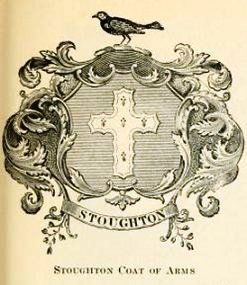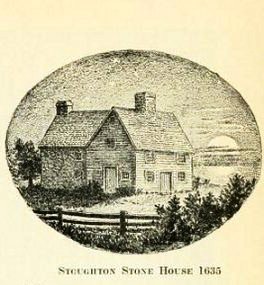|
Connecticut, the southernmost of the
Eastern United States, is bounded north by Massachusetts, east by
Rhode Island, south by Long Island Sound, and west by New York. It is
between 41° and 42° 2' north latitude, and 71° 20' and 73° 15' west longitude,
and between 3° 16' and 5° 11' east longitude from west. It contains 4,674
square miles, or 2,991,360 acres.
The population in 1790 was 237,946; in 1800, 251,002; in 1810,
261,942; in 1820, 275,248; in 1830, 297,711; in 1840, 300,015.
Of these 148,300 were white males, 153,556 white females, 3,881
free colored males, 4,214 free colored females. Employed in agriculture,
56,955; in commerce, 2,743; manufactures and trades, 27,932;
navigating the ocean, 2,700; navigating the rivers, &c, 431; learned
professions and engineers, 1,697.
The capitals are Hartford, on the Connecticut river, at the head of
sloop navigation, 50 miles from its mouth; and New Haven, on a
bay which sets up 4 miles from Long Island Sound.
The state is divided into 8 counties, which, with their
population in 1840, and their capitals, were as follows:
County, Population, Capital
| Fairfield, 49,917, Fairfield
and Danbury |
New Haven, 49,532, New Haven |
| Hartford, 55,629, Hartford |
New London, 44,463, New London
and Norwich |
| Litchfield, 40,448, Litchfield |
Tolland, 17,980, Tolland |
| Middlesex, 24,879, Middletown |
Windham, 28,089, Brooklyn |
These counties are divided into 144
cities and townships.
Connecticut is in general a hilly country, but the hills are not
of great elevation. In passing over the state east and west they
occur .... Continued
Source: A Complete Descriptive And
Statistical Gazetteer Of The United States Of America, By Daniel
Haskel, A. M and J. Calvin Smith, Published By Sherman & Smith,
1843
|




 and
and 